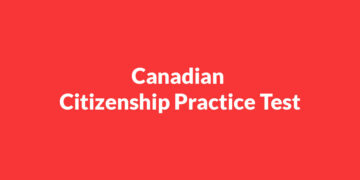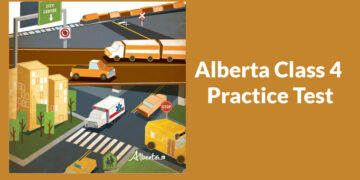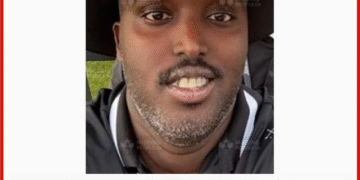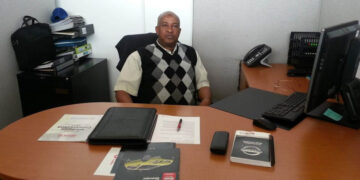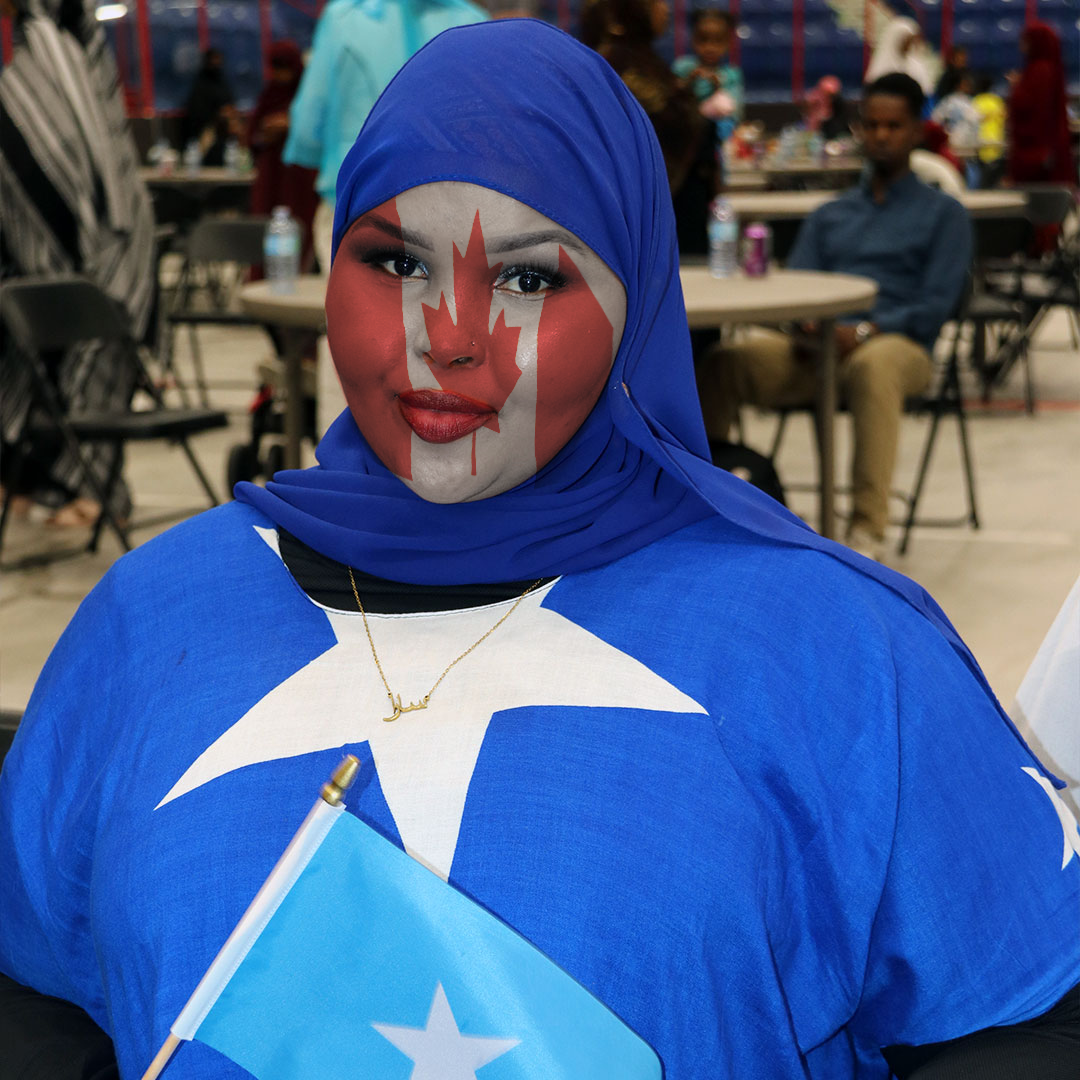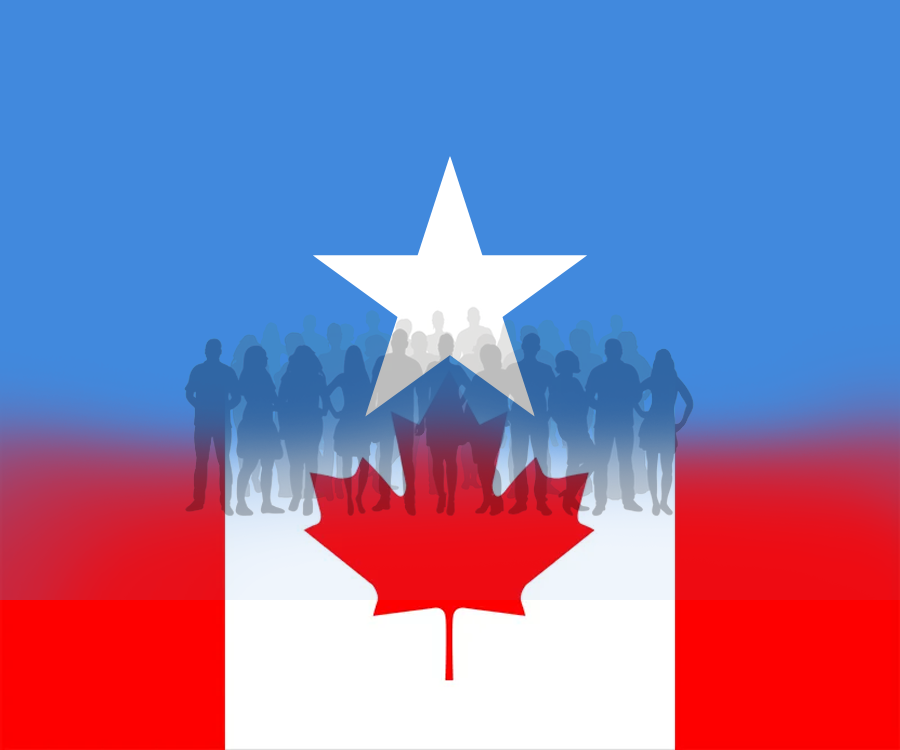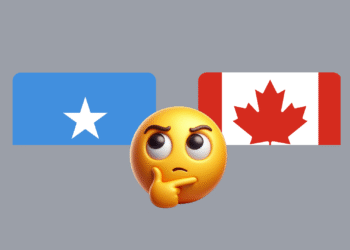Somalia has captivated the world for decades, often appearing in the spotlight through films like “Black Hawk Down” and “Captain Phillips.” This attention has sparked a wave of curiosity, with people around the globe eager to learn more about this fascinating country in the Horn of Africa.
While Somalia has faced its share of challenges, it’s also a land of rich culture, resilient people, and breathtaking landscapes. Unfortunately, finding accurate information about Somalia online can be tricky. That’s why we’ve compiled this comprehensive guide, answering 100 of the most common questions about Somalia and its culture.
Somali Culture and Traditions
Food and Cuisine
1- What are the traditional foods of Somalia? Somali cuisine is a delicious fusion of flavours influenced by its history and geography. Some popular dishes include:
- Canjeero: A spongy, pancake-like bread, often served with stew or honey.
- Bariis: A fragrant rice dish seasoned with various spices.
- Suqaar: Tender, stir-fried meat, typically goat or beef, bursting with flavour.
- Halwa: A sweet and decadent dessert made with sugar, butter, and spices like cardamom and cloves. (Add an image of Somali food here with alt text: “A plate of Canjeero (Somali pancake) with Suqaar (stir-fried meat) and Bariis (spiced rice).
Clothing and Fashion
2- What is the traditional clothing in Somalia? Somalis take pride in their traditional attire, which is both beautiful and functional:
- Macawiis: A comfortable, sarong-like garment worn by men, often in vibrant colours and patterns.
- Dirac: A long, flowing dress worn by women, frequently accompanied by a headscarf, showcasing elegance and modesty. (Add an image of Somali clothing here with alt text: “Somali woman wearing a colourful Dirac and headscarf, and a Somali man wearing a Macawiis”)
Music and Arts
3- What are the traditional musical instruments in Somalia? Somali music is rich and diverse, featuring instruments like:
- Kaban: A stringed lute often used to accompany poetry recitations.
- Boonge or Drums: Various drums provide rhythm and energy to Somali music.
- Shareero: A lyre, creating beautiful melodies. (Add an image of Somali musical instruments with alt text: “Traditional Somali musical instruments: Kaban (lute), drums, and Shareero (lyre)
- Paintings: Ancient rock art depicting a camel was found to be the oldest evidence of art in the Somali peninsula, and it is a pre-historic rock painting.
4- What is the significance of poetry in Somali culture? Poetry holds a special place in Somali culture. It’s a form of storytelling, artistic expression, and cultural preservation passed down through generations.
5- What are the primary cultural practices in Somalia? Somali culture emphasizes oral traditions, hospitality, poetry, and respect for elders.
6- What are the major tourist attractions in Somalia? Despite its challenges, Somalia offers unique and captivating attractions for adventurous travellers:
- Laas Geel cave paintings: Discover ancient rock art, showcasing Somalia’s rich history and artistic heritage.
- Mogadishu beaches: Relax on pristine beaches with stunning views of the Indian Ocean.
- The historic city of Zeila: Explore the ruins of this ancient port city, once a central trading hub. (Add an image of a Somali tourist attraction with alt text: “Ancient cave paintings at Laas Geel, Somaliland, Somalia.”)
7- What is the significance of camels in Somali culture? In Somali society, camels symbolize wealth and are a vital resource for milk, meat, and transportation.
8- What are the traditional sports in Somalia? Traditional Somali sports include wrestling, archery, and foot races.
9- What are the traditional marriage customs in Somalia? Somali marriages involve clan approval, dowry negotiations, and celebratory feasts.
10- What are the main festivals celebrated in Somalia? Festivals include Eid al-Fitr and Eid al-Adha, which are celebrated with prayers, feasts, and community gatherings.
11- What are the traditional methods of conflict resolution in Somalia? Conflict resolution often involves elders mediating disputes through dialogue and consensus.
12- What are the traditional storytelling practices in Somalia? Storytelling in Somalia is an oral tradition, often using poetry and proverbs to convey morals and history.
13- What is the role of women in Somali society? Women play significant roles in households, markets, and peacebuilding efforts despite facing social and cultural barriers.
14- What are the traditional methods of animal husbandry in Somalia? Animal husbandry in Somalia involves nomadic herding of camels, goats, and sheep for milk, meat, and trade.
15- What are the traditional methods of conflict prevention in Somalia? Somalis use dialogue, clan elders, and community gatherings to prevent conflicts and maintain harmony.
16- What are the main sources of renewable energy in Somalia? Renewable energy sources include solar and wind power, which are increasingly being adopted in rural areas.
17- What is the role of Somali art in preserving history? Somali art, including cave paintings and modern works, reflects the country’s rich history and cultural evolution.
18- What is the history of Somali fishing cooperatives? Fishing cooperatives were introduced to boost the fishing industry but faced challenges during the civil war.
19- What are the traditional celebrations for Somali independence? Independence Day on July 1 is marked by cultural performances, speeches, and public festivities.
History of Somalia
20- What is the history of Somalia’s civil war? The Somali Civil War, which began in 1991 following the collapse of the central government, is a complex and tragic period in Somali history. It led to decades of conflict, instability, and humanitarian crises. However, Somalia is slowly rebuilding and working towards a more peaceful future.
21- What is the history of piracy off the coast of Somalia? Piracy emerged in the early 2000s due to illegal fishing and toxic waste dumping in Somali waters by foreign vessels. This deprived local fishermen of their livelihoods, leading some to resort to piracy. While piracy has significantly decreased in recent years due to international efforts, it remains a complex issue with deep roots.
22- What is the history of the Somali language? Somali is an Afro-Asiatic language with a written script introduced in 1972 to standardize communication.
23- What is the history of the Somali script? The Somali Latin alphabet was officially adopted in 1972 to improve literacy and communication.
24- What is the history of Mogadishu as a trading port? Mogadishu has been a major trading hub since the 9th century, connecting Africa, the Middle East, and Asia.
25- What is the history of the Somali National Army? The Somali National Army was established in 1960 to defend the country after independence.
26- What is the history of the Somali civil war? The civil war began in 1991, leading to the collapse of the government and years of conflict and displacement.
27- What is the history of the Somali armed forces? The Somali armed forces were established after independence but weakened during the civil war. Efforts to rebuild them are ongoing.
Somalia FAQ
28- What is the capital city of Somalia? The capital city is Mogadishu, a bustling metropolis on the Somali coast.
29- What languages are spoken in Somalia? The official languages are Somali and Arabic.
30- What is the population of Somalia? Somalia’s population is estimated to be around 17 million.
31- What is the main religion in Somalia? Islam is the predominant religion, with the majority being Sunni Muslims.
32- What is the climate like in Somalia? Somalia has a hot and arid climate.
33- What is the currency of Somalia? The Somali Shilling (SOS) is the official currency, but the US dollar is also widely used.
34- What is the life expectancy in Somalia? The average life expectancy in Somalia is approximately 57 years.
35- What are the main challenges facing Somalia today? Somalia faces challenges such as political instability, poverty, and food insecurity. However, with ongoing efforts and international support, the country is making strides towards development and stability.
36- What is the current political situation in Somalia? Somalia is rebuilding its governance structure, with ongoing efforts to establish political stability and combat terrorism.
37- What are the major clans in Somalia? The major Somali clans include Hawiye, Darod, Isaaq, Dir, and Rahanweyn. These clans play a significant role in Somali society.
38- What are the main economic activities in Somalia? The Somali economy is primarily based on agriculture, livestock, fishing, and remittances from the diaspora.
39- What is the literacy rate in Somalia? The literacy rate in Somalia is about 38%, with efforts underway to improve access to education.
40- What are some common Somali greetings? Somalis have specific greetings for different times of day and occasions, showing respect and politeness. “Iska warran?” “Sidee tahay?” (How are you?) is a common greeting.
41- What are the major cities in Somalia? Major cities in Somalia include Mogadishu, Hargeisa, Kismayo, Bosaso, and Baidoa.
42- What is the healthcare system like in Somalia? Somalia’s healthcare system is underdeveloped, relying heavily on NGOs and private clinics.
43- What is the education system like in Somalia? Education in Somalia is improving, with primary and secondary schools available, though access remains limited in rural areas.
44– What is the status of women’s rights in Somalia? Women’s rights in Somalia are limited, with efforts focused on improving access to education and economic opportunities.
45- What is the role of Islam in Somali society? Islam plays a central role in Somali culture, influencing laws, customs, and daily life.
46- What is the Somali diaspora? The Somali diaspora consists of Somalis living abroad, contributing significantly to the country’s economy through remittances.
47– What are the main natural resources of Somalia? Somalia’s natural resources include oil, natural gas, livestock, and fisheries.
48- What is the relationship between Somalia and Somaliland? Somaliland is a self-declared independent state in northern Somalia, though it is not internationally recognized. There have been several negotiations between Somalia’s past governments and Somaliland leaders, but these talks have ended without a resolution on whether Somaliland will rejoin Somalia. The Somali government is hopeful that the new Somaliland president, who took office on December 12, 2024, will reopen discussions on how both sides can work toward reunification.
49- What is the role of the United Nations in Somalia? The UN supports Somalia through peacekeeping missions, humanitarian aid, and development programs.
50- What are the main transportation methods in Somalia? Transportation in Somalia relies on buses, trucks, and camels in rural areas, with limited public transit in cities.
51- What is the status of human rights in Somalia? Human rights remain a concern, with ongoing efforts to address issues like freedom of expression and gender equality.
52- What are the traditional burial customs in Somalia? Somalis follow Islamic burial customs, including washing the body, shrouding it, and burying it quickly after death.
53- What are the main sources of livelihood in rural Somalia? Rural Somalis rely on livestock herding, small-scale farming, and fishing for their livelihoods.
54- What is the significance of the Horn of Africa in geopolitics? The Horn of Africa, where Somalia is located, is strategically significant for global trade routes and regional security.
55- What are the main challenges in providing humanitarian aid to Somalia? Challenges include insecurity, poor infrastructure, and limited access to remote areas.
56- What are the main causes of displacement in Somalia? Displacement is caused by conflict, drought, and lack of access to resources and services.
57- What is the status of infrastructure development in Somalia? Infrastructure development is improving but remains limited, especially in rural areas.
58- What are the main challenges in Somalia’s transport sector? Challenges include poor road networks, lack of public transport, and limited funding for infrastructure.
59- What is the significance of livestock in Somali culture? Livestock symbolizes wealth, status, and sustenance, playing a central role in Somali livelihoods.
60- What are the main challenges in Somalia’s education sector? Challenges include low enrollment rates, lack of qualified teachers, and insufficient school infrastructure.
61- What is the future of Somalia’s development? With continued international support, stronger governance, and investment in infrastructure, Somalia’s future holds promise for stability and growth.
62- What is the role of the family in Somali society? Family plays a central role in Somali culture, with strong kinship ties and extended family networks providing support and social structure.
62- What are some common Somali proverbs and their meanings? Somali culture is rich in proverbs that offer wisdom and guidance on various aspects of life. For example, “Ninkii hadli waayay, hawl yarbaa disha” translates to “He who does not speak will be killed by a small task,” emphasizing the importance of communication.
63- How is hospitality expressed in Somali culture? Hospitality is a cornerstone of Somali culture. Guests are welcomed with warmth and generosity, often offered food, drinks, and a place to stay.
64- What is the significance of traditional dances in Somalia? Traditional dances are an important part of Somali cultural expression, often performed at weddings, celebrations, and other social gatherings.
65- How do Somalis celebrate weddings? Somali weddings are vibrant and elaborate affairs, involving multiple ceremonies and celebrations that can last for days.
66- What are some common Somali superstitions? Like many cultures, Somalis have certain superstitions and beliefs, often related to warding off bad luck or bringing good fortune.
67-What is the role of elders in Somali society? Elders are highly respected in Somali culture and play a crucial role in decision-making, conflict resolution, and preserving traditions.
68- How has globalization impacted Somali culture? Globalization has brought both opportunities and challenges to Somali culture, influencing fashion, music, and social values.
69- What was the role of colonialism in Somalia? Somalia experienced colonial rule by Italy and Britain, which had a significant impact on the country’s political and social development.
70- How did Somalia gain independence? Somalia gained independence in 1960, uniting British Somaliland and Italian Somaliland to form the Somali Republic.
71- What were the major political events leading up to the civil war? The civil war was preceded by years of political instability, authoritarian rule, and clan conflicts.
72-What are the key challenges in rebuilding the Somali state? Rebuilding the Somali state faces numerous challenges, including security concerns, weak institutions, and the need for reconciliation and national unity.
73- What is the role of international aid in Somalia? International aid plays a crucial role in supporting humanitarian efforts, development projects, and state-building initiatives in Somalia.
74- What is the time zone in Somalia? Somalia follows East Africa Time (EAT), which is GMT+3.
75- What are the main exports of Somalia? Somalia’s main exports include livestock, bananas, and frankincense.
76- What are the visa requirements for visiting Somalia? Visa requirements vary depending on your nationality. It’s advisable to check with the Somali embassy or consulate in your country.
77- Is it safe to travel to Somalia? Travel to Somalia can be challenging due to security concerns. It’s essential to research thoroughly and consider the current situation before planning a trip.
78- What are the main telecommunication providers in Somalia? Major telecommunication companies in Somalia include Hormuud Telecom and Telesom.
79- What are the main challenges to economic development in Somalia? Challenges include limited infrastructure, insecurity, and lack of access to finance.
80- What are the main environmental issues facing Somalia? Environmental issues include deforestation, desertification, and water scarcity.
81- What is the role of the diaspora in Somalia’s development? The Somali diaspora plays a vital role in supporting the country’s economy through remittances and investment.
82- What are the prospects for peace and stability in Somalia? While challenges remain, there is hope for continued progress towards peace and stability in Somalia through ongoing efforts by the government, civil society, and international partners.
83- What is the role of religion in daily life? Islam is deeply integrated into daily life, influencing prayer times, social customs, and moral values.
84- How is Somali art and architecture unique? Somali art often features intricate patterns and vibrant colors, while architecture reflects both traditional and Islamic influences.
85- What are some popular Somali folktales and legends? Somali folklore is rich with stories of heroes, mythical creatures, and moral lessons, passed down through generations.
86- What are some popular Somali folktales and legends? Somali folklore is rich with stories of heroes, mythical creatures, and moral lessons, passed down through generations.
87- What are the traditional gender roles in Somali society? While evolving, traditional gender roles often assign specific responsibilities to men and women, though these roles can vary between urban and rural communities.
89- What is the significance of henna in Somali culture? Henna is used for body art, particularly during weddings and celebrations, symbolizing beauty and joy.
90- How do Somalis name their children? Somali naming practices often reflect family history, religious beliefs, and admired qualities.
91- What are some common Somali gestures and their meanings? Somalis use various gestures in communication, some of which may have different meanings than in other cultures.
92- What is the role of oral tradition in preserving Somali history? Oral tradition plays a vital role in transmitting history, genealogy, and cultural knowledge across generations.
93- What are some unique aspects of Somali cuisine? Somali cuisine features unique flavors and ingredients, such as spices like cumin, coriander, and cardamom, and the use of camel milk and meat.
94- How is Somali coffee prepared and enjoyed? Coffee is an important part of Somali social life, with specific rituals and traditions surrounding its preparation and consumption.
95- How is Somali coffee prepared and enjoyed? Coffee is an important part of Somali social life, with specific rituals and traditions surrounding its preparation and consumption.
96- How did Somalia contribute to the fight against colonialism in Africa? Somalia actively supported other African nations in their struggles for independence, providing inspiration and solidarity.
97- How did Somalia contribute to the fight against colonialism in Africa? Somalia actively supported other African nations in their struggles for independence, providing inspiration and solidarity.
98- What were the main causes of the Somali famine in the 1990s? The famine was a result of a combination of factors, including drought, civil war, and the collapse of infrastructure.
99- What are some ways to learn more about Somali culture and language? Resources for learning about Somali culture and language include online courses, language exchange programs, and cultural events.
100- What are the main challenges facing Somali youth today? Somali youth face challenges such as unemployment, limited educational opportunities, and the risk of recruitment into armed groups.









